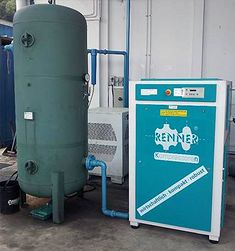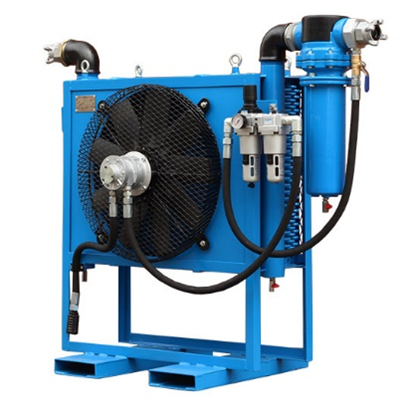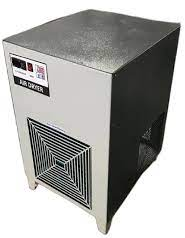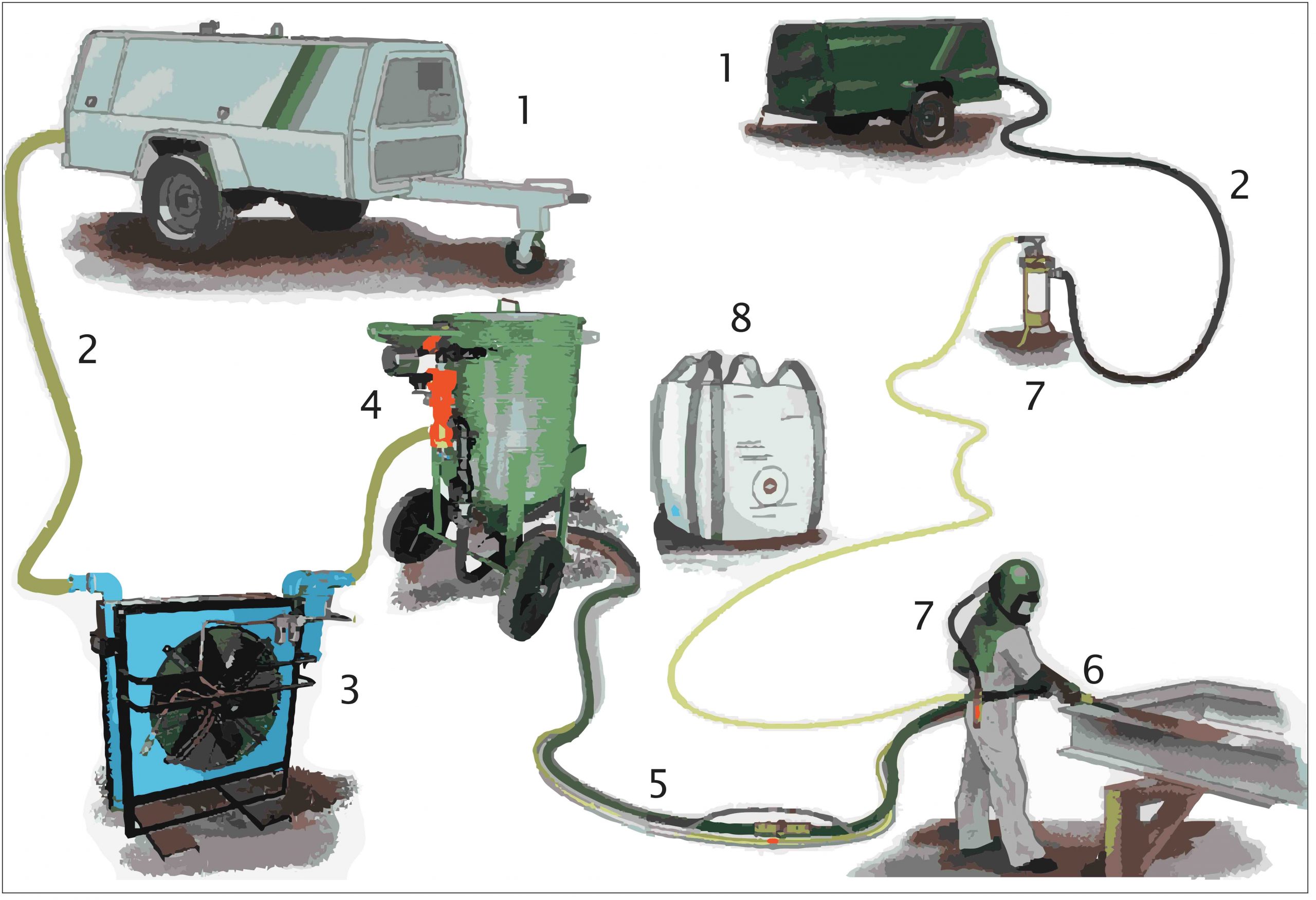Introduction:


In the world of industrial operations, where precision and safety hold paramount importance, the role of air receiver tanks in blasting operations cannot be overstated. Blasting operations, which encompass various industries such as construction, manufacturing, and mining, require a steady supply of compressed air to power pneumatic tools and equipment used in abrasive processes. An air receiver tank, essentially a reservoir for compressed air, serves as a critical component in these operations, providing a buffer for air supply fluctuations, enhancing safety, and improving overall blasting quality.
References:
This blog draws information from reputable sources such as industry standards like ASME Boiler and Pressure Vessel Code, scholarly articles, industrial equipment manufacturers' websites, and published papers on industrial operations and safety protocols.
Purpose:
1. Enhancing Safety: Air receiver tanks act as a safety buffer, reducing the risk of equipment failure due to rapid pressure changes. These tanks mitigate the potential damage from pressure spikes, ensuring a more controlled and consistent air supply to blasting tools. This stability in air pressure translates to a safer work environment for operators and a reduced likelihood of accidents caused by pressure fluctuations.
2. Improving Blasting Quality: Consistency is key in blasting operations to achieve high-quality results. Air receiver tanks provide a steady flow of compressed air, minimizing pressure drops that can lead to uneven abrasive performance. This translates to improved surface preparation, coating application, and overall blasting efficiency.
3. Optimizing Energy Efficiency: By using air receiver tanks, blasting operations can capitalize on energy efficiency. The tanks store excess compressed air during low-demand periods and release it during high-demand phases, reducing the load on the compressor. This cyclic operation ensures that the compressor runs at its optimal capacity, resulting in energy savings.
Capacity:
The capacity of an air receiver tank is determined by the specific requirements of the blasting operation. It's measured in volume, often expressed in gallons or liters. The calculation involves factors like the maximum air consumption rate of the blasting equipment, desired pressure range, and allowable pressure drop. Online calculators and manufacturer guidelines aid in determining the appropriate tank capacity for a given application.
Does the Receiver Tank Serve Other Purposes?
While the primary function of an air receiver tank in blasting operations is to stabilize air pressure, its capabilities extend far beyond this essential role. These tanks are versatile and can be equipped with various devices that play a crucial role in enhancing air quality and extending the lifespan of equipment. Let's delve into these additional functions and the specific instruments that facilitate them:
1. Moisture Separation:


Air receiver tanks play a pivotal role in moisture separation, which is essential for maintaining the quality of compressed air used in blasting operations. Moisture in compressed air can lead to a range of issues, including corrosion, clogging, and compromised abrasive performance. To address this, air receiver tanks are often equipped with moisture separators or drain valves.
Moisture Separators:

These devices are designed to remove water vapor from the compressed air stream. As the compressed air enters the tank, it encounters a series of baffles or filters that cause the moisture to condense into droplets. These droplets then settle at the bottom of the tank, away from the air outlet. Automatic drain valves are often integrated to periodically discharge the collected moisture, preventing its reentry into the air supply.
2. Oil Filtration:
In certain blasting applications, particularly those requiring oil-free air, air receiver tanks can be equipped with oil separators to ensure the absence of oil contaminants. Oil contamination in compressed air can lead to issues such as equipment malfunction, surface defects, and compromised coating adhesion.
Oil Separators: These devices employ coalescing filters to remove oil aerosols from the compressed air. As the air passes through the filter element, tiny oil droplets combine to form larger ones, which then gravitate to the bottom of the tank. This separated oil can be periodically drained off, ensuring that the compressed air remains free of oil contamination.
3. Air Drying:
Air receiver tanks also contribute significantly to air drying, a process that complements moisture separation and ensures consistent blasting quality. By allowing moisture to condense and settle within the tank, the air that exits is notably drier than when it entered.
Aftercoolers and Dryers: In more advanced setups, aftercoolers and air dryers are integrated into the air receiver tank system. Aftercoolers are heat exchangers that cool down the compressed air, causing moisture to condense. The resulting liquid water can then be effectively removed through moisture separators. Air dryers, such as desiccant or refrigerated dryers, further reduce air humidity, ensuring that the compressed air remains dry and optimal for blasting operations.
Conclusion:
In conclusion, an air receiver tank is not just a passive vessel for air storage. It's a dynamic component that can be equipped with various instruments to address critical aspects of air quality and equipment longevity. The combined functionality of moisture separators, oil separators, and air drying systems within the tank ensures that the compressed air supplied to blasting operations is clean, dry, and free from contaminants. This not only enhances the quality of the blasting process but also prolongs the lifespan of equipment, ultimately leading to improved operational efficiency and cost savings.
In the dynamic realm of blasting operations, the inclusion of an air receiver tank significantly elevates safety, quality, and efficiency. Beyond being a mere reservoir for compressed air, these tanks are pivotal in stabilizing pressure, enhancing blasting results, and contributing to the longevity of equipment. Recognizing the manifold benefits of air receiver tanks, industries are increasingly embracing this vital component to ensure seamless, safe, and top-notch blasting operations.
#BlastingOperations #AirReceiverTanks #IndustrialSafety #QualityBlasting #EfficiencyEnhancement
For furtherdetails, Contact us,
BG Group of Paint and Coating Consultant
support@bgcoating.com
+919925810408






